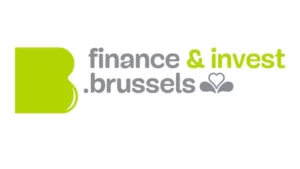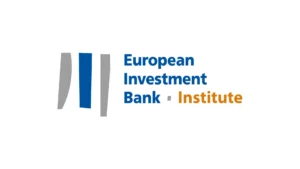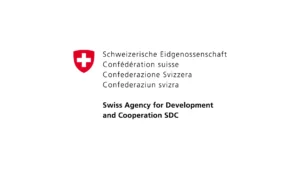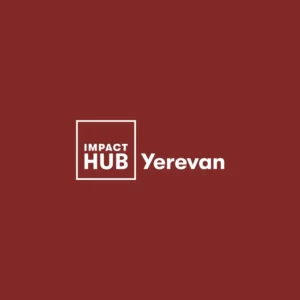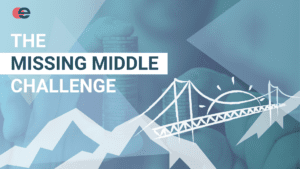In our most recent discussion with Lara Viada, Investment Director at Creas, and Cyril Gouiffès, Head of Social Impact Investments at the European Investment Fund, we unpacked the role of financial remuneration of fund managers in the fund’s value creation (watch the webinar here). Traditional for-profit investing has an embedded incentive for fund managers to optimise the fund’s goal to create positive financial returns – as their very own compensation is linked to the fund’s returns. Impact investing however does not share the same inherent financial goal, but aims at the creation of sustained societal impact (next to certain financial targets). The question that arises is how to tie the financial compensation of impact fund managers to impact outcomes.
At the heart of impact investing is the importance to create accountability across the value chain, between entrepreneurs, fund managers and fund LP’s.”
Cyril Gouiffès
“It forces us to establish a very rigorous framework that always follows the same methodologies.”
Lara Viada
“The purpose is that every time a GP invests in a company, the impact due diligence has been done and there is a clear map of putting the impact at scale”
Cyril Gouiffès

“The impact plan and framework really challenges us to move from impact reporting towards impact management.”
Lara Viada
The way to account for social impact has been challenged ever since, however, the principle of tying financial compensation to impact isn’t rare anymore. Currently, there are more than 40 funds across Europe, supported by the EIB, aimed at creating social or environmental change that are implementing a similar methodology.
“ The way the targets are set in terms of the impact indicators should not be equivalent to some impact audit.“
Cyril Gouiffès

Structuring Hybrid Impact Investments



